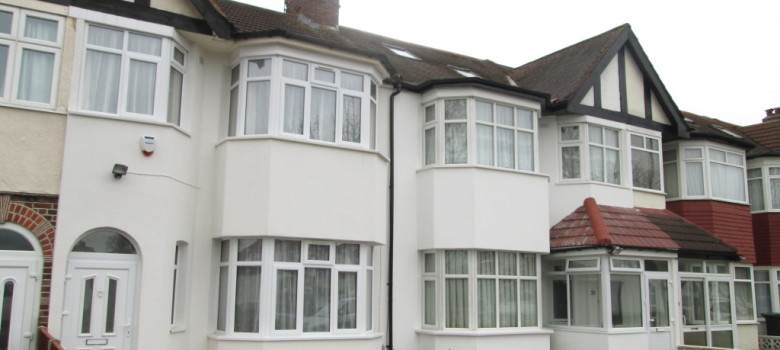
What insulation materials are used in external wall insulation?
There are lots of different external wall insulation systems used to insulate solid wall properties – the EWI system includes the type of insulation, the render as well as the fixings that attach the insulation to the wall.
In this article we are simply going to look at the three different types of insulation material that can be used within a system – Expanded Polystyrene (EPS), Mineral Wool and Phenolic Resin.
Using expanded polystyrene (EPS) in external wall insulation
Expanded polystyrene is the most popular product used in external solid wall insulation. It is a relatively inexpensive yet durable product and is lightweight, non-toxic, and is completely recyclable.
The expanded polystyrene (known as EPS) has fantastic thermal properties – for example applying 100mm of the EPS to a solid wall will take the u-value down to 0.3 W/m2k or better, which is an excellent energy efficiency rating. Obviously like all the other insulating materials, the thicker the product you use, the better the level of insulation.
Despite the EPS not having quite the same thermal properties as phenolic resin (looked at below), its price and ease of use make it a favourite with external wall insulation companies up and down the country. It is also the most stable of all the sheet insulation used – so once it is put up on the walls there should be few, if any, issues down the line.
Using mineral or stone wool in external wall insulation
Mineral or stone wool insulation used for external wall insulation is not the same make-up of product that you use up in the loft! The wool used for this application comes in slabs and can the therefore be handled in the same way as the EPS boards. The thermal properties are very similar the EPS, however it is a more expensive material to install.

The other fantastic advantage of the wool products is that they are also great at reducing the noise pollution. The fibres in the wool are great at absorbing the acoustics, and perform much better in this category versus the other insulation materials.
The wool slabs are normally treated with a water repellent additive to ensure that no liquid water will pass through the insulation so you can be sure that if used on your home – there is going to be no penetrating damp in the home!
Using phenolic resin in external wall insulation
Phenolic resin tends to be a more expensive form of insulation, and for some people is a popular solution. The reason for this is that the thermal properties of phenolic resin are very high – so you can achieve the same thermal insulating properties with a much thinner amount of material.
The issue for us (and the reason many solid wall installers will avoid phenolic resin) is that it can shrink and cause cracking down the line as the material shrinks on the wall. Now the shrinkage is not very big – just 1-2%, but even so, this can be enough to cause the material to fail in the long-run.
As a result we would strongly recommend you to look past phenolic resin if you can, and go with either the expanded polystyrene boards or the mineral wool insulation. The only reason we can see for using this product is if you genuinely need to adhere to some space restrictions!
A quick look at fixings – mechanical versus adhesive EWI fixings
Whatever the type of insulation used, there are three potential ways to attach it to the wall. You can either stick it on with a type of adhesive (basically a form of cement based plaster) with supplementary fixings or you can attach the system with mechanical fixings and supplementary adhesive if required. Or you can attach using a fully bonded system, with both fixings and adhesive.
We recommend that any installer you get to do your solid wall insulation uses both the adhesive and the mechanical fixings. Some companies will just stick the insulation to the wall, which over time can lead to it just falling off. Don’t let your installer cut corners for the sake of that little bit more money. If you are spending that much anyway, get the job done right first time!
Fire classification of external wall insulation systems
The wool products are rated as non-combustible or A1 class as per European classification for building products. When added within an external wall insulation system, the fire classification can range between A2-s1 and A2-s2 (taken from a sample of BBA certificates), which is either non-combustible or very difficult to ignite. Therefore for commercial buildings, high-rise blocks and public buildings, the wool insulation is a good choice as it meets the very high standards for fire prevention.
On the other hand, the EPS and phenolic systems tend to range between B-s1 and B-s2 fire prevention classification (taken from a sample of BBA certificates across the industry), which mean they are still very difficult to ignite. We have seen EPS used as a very popular insulation material in the EWI system, in low-rise and domestic properties, particularly as it is very easy to work with in the installation process.
Permeable or impermeable EWI systems
When people refer to external wall insulation, they talk about insulation systems – including the insulating material, the render and the means of fixing it to the wall. Although there are many different systems for solid wall insulation, one of the key things you need to check with the installer is whether the insulation system being used on your home is permeable or impermeable.
A permeable insulation system will allow the wall to breathe; this means that water vapour (not water liquid!) will be able to cross through the wall and insulation. This is very important since otherwise you can get moisture build up in the home, which can lead to much bigger problems.
Independent insurance for your EWI system
It is really important that your insulation system is covered by a long term and independent guarantee. External insulation is an extensive and expensive addition to the property, and if you have any issues with the insulation in the future, it could prove costly. Industry guarantee schemes like SWIGA or insurance backed schemes like GDGC, Kinnell, mean that even if the company you got to install the insulation is no longer in business, you will still have the consumer protection to take your claim forward and get your wall seen to and fixed.



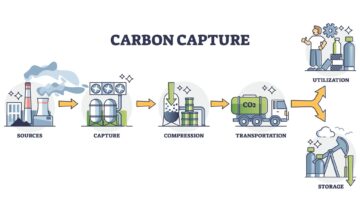
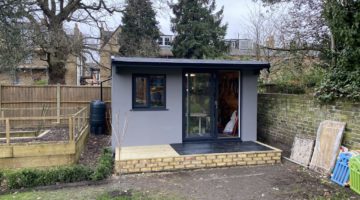
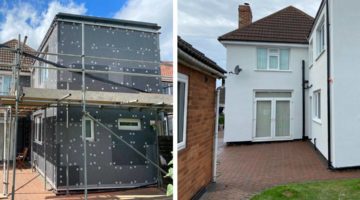
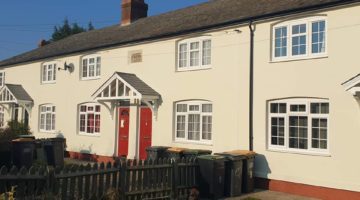





We were warned off the thinner stuff too by our solid wall insulation installer.
Hi,
It’s interesting you mention “permeable” insulation. I have read recent blogs from specialist’s in renovating old homes (Victorian in my case) that solid wall insulation (Foam) is a no-no as this can lock moisture in the solid walls and cause issue’s many years down the road. I would be interested in your thoughts on this as I would like to consider the Green Deal or alike to insulate my old cold house, but have concerns I would be doing harm than good to the Fabric of the house.
Regards
Justin
Hi Justin,
To insulate an older Victorian property, you can either insulate internally or externally (no cavity sadly). We recommend external over internal for two main reasons – firstly it protects the underlying brickwork and also since you are insulating externally you wont lose any internal space. I had external wall insulation on my property and we went with 10cm of EPS insulation (it is also a Victorian property) – this would result in a significant loss of space.
In terms of materials to use – we would only recommend EPS or Mineral wool (e.g. Rockwool). Some companies are using PIR board, but these boards shrink over time which results in cracking of the system which can lead to water ingress. in terms of moisture being locked in – this is not something we have come across to be honest. If water ingress occurs then that can cause problems but if the insulation is installed correctly then there really should be absolutely no problem.
You say that EPS is completely recyclable but whoever wrote the article on Wikipedia doesn’t think so. And in general these types of polymer are difficult to recycle. How/where would you recycle EPS? https://en.m.wikipedia.org/wiki/Polystyrene#Recycling
Does anyone know if EWI Pro Insulation System is BBA approved for EPS? I have Romanian builder who is proposing we use this material on our home development and extension?
Any thoughts on wood fibre insulation and its stability? Aside from its carbon-locking capacity it also has benefits in acting as thermal mass, thus insulating against heatwaves as well as cold. I’m not sure however, whether as a wood product, it might be prone to expansion/contraction?
And what about the level below the DPC? Is a product like foamglass typically used and can it be rendered in the same way?
Very helpful comparison and recommendations. Thank you.